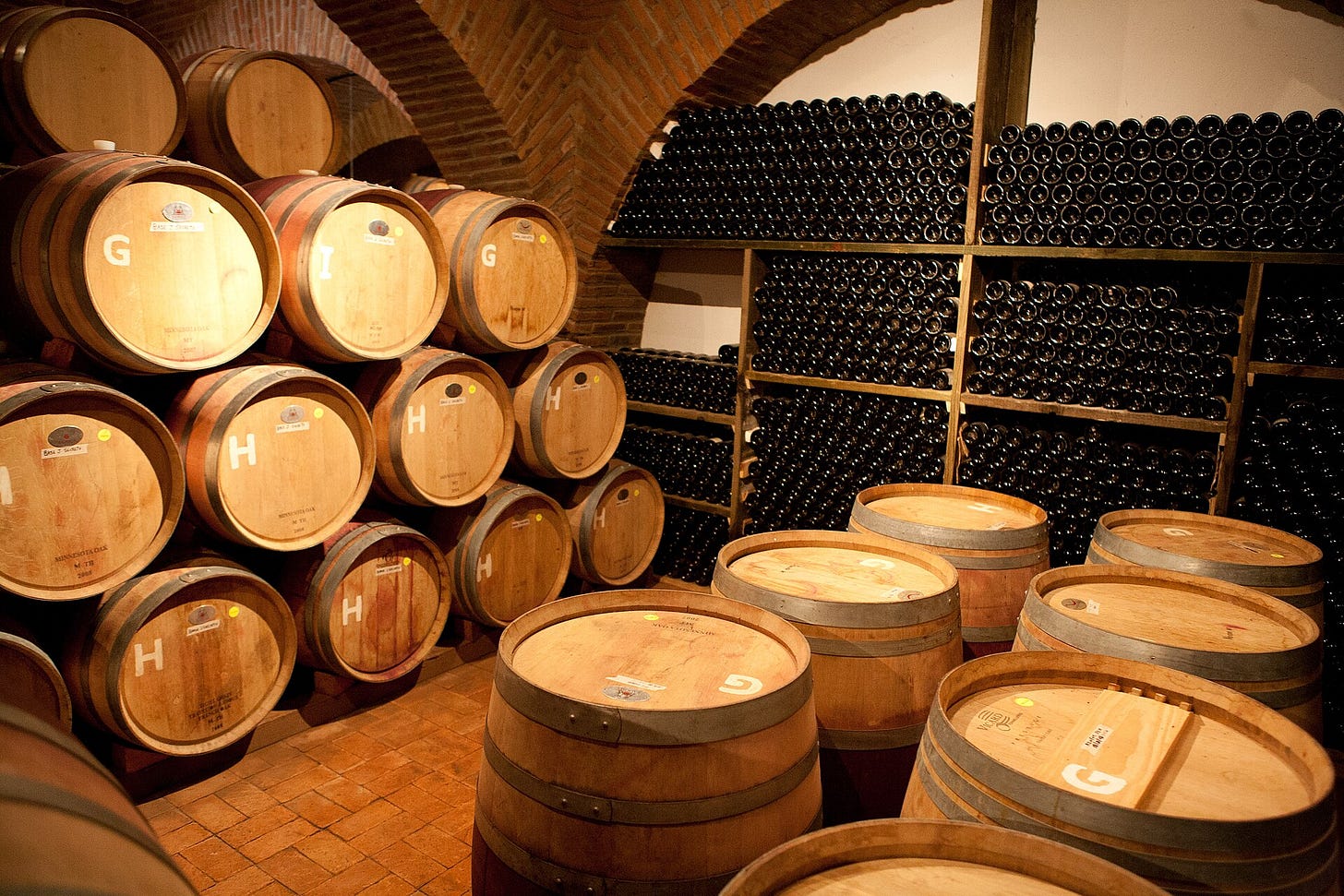While Tequila and Mezcal are the undisputed flag bearers of Mexican alcoholic fame, few outside the wine world realize that Mexico has been making wine longer than any other country in the Americas. Lately, Mexican wines seem to be experiencing somewhat of a renaissance – international awards, occasional appearances on dining menus, and teasing the interest of adventurous wine lovers.
Colonial Legacy
The story begins in the early 16th century, when Spanish conquistadors and missionaries brought Vitis vinifera vines to New Spain. The first vineyards were planted around 1524 in what is now Hidalgo, and by the late 1500s, production had spread to other regions including Coahuila and Baja California. So successful was the local wine industry that King Philip II of Spain eventually banned further vineyard planting in 1595 to protect Spanish exports—a prohibition that lasted for centuries.
Despite this setback, monastic orders and local settlers kept the tradition alive, especially in northern regions. Commercial production only regained real momentum in the late 19th and 20th centuries, but it wasn’t until the 1990s and 2000s that a true quality revolution began. Today, Mexico’s wines are attracting global attention for their boldness, character, and sense of place.
Key Wine Regions
The heart of Mexican wine production lies in Baja California, especially the Valle de Guadalupe, often referred to as “Mexico’s Napa Valley.” With a Mediterranean climate, oceanic breezes, and granite soils, it offers ideal conditions for viticulture. Over 70% of Mexico’s wine comes from this region. Other emerging wine regions include:
-
Coahuila (home to Casa Madero, the oldest winery in the Americas, founded in 1597)
-
Querétaro, known for sparkling wines and higher-altitude vineyards
-
Zacatecas, Aguascalientes, and parts of Sonora, where modern wineries are exploring new terroirs
Grape Varieties
Mexico does not limit itself to one signature grape. Instead, it embraces a broad portfolio of international and lesser-known varieties.
Red grapes dominate:
-
Cabernet Sauvignon – widely planted
-
Tempranillo – a nod to Spanish heritage
-
Nebbiolo – producing robust wines, distinct from its Italian counterpart
-
Grenache, Merlot, Malbec, Syrah, Zinfandel – common and often blended
Whites are fewer:
-
Chardonnay – often oaked
-
Sauvignon Blanc – crisp from higher-altitude
-
Chenín Blanc and Viognier – showing promise
Wineries in Baja often practice creative blending, unconstrained by European appellation rules, which adds to the region’s experimental flair.
Wine Styles
Mexican wines tend to be ripe, bold, and expressive, thanks to the warm climate and intense sunlight. Oak aging is common, especially for reds, lending flavors of spice, chocolate, and smoke.
Popular wine styles include:
-
Full-bodied reds: Particularly blends of Cabernet, Syrah, and Nebbiolo
-
Crisp whites: Especially from higher-altitude vineyards in Querétaro
-
Rosés: Increasingly trendy among younger consumers
-
Sparkling wines: Produced mainly in Querétaro, often via the traditional method
-
Natural and orange wines: A niche but growing trend in small-scale boutique wineries
Noteworthy Producers
Several wineries have spearheaded Mexico’s rise on the global wine scene:
-
Casa Madero (Coahuila): The oldest operating winery in the Americas, offering a wide portfolio of well-regarded wines.
-
Monte Xanic (Valle de Guadalupe): A pioneering premium winery, known for its bold reds and crisp whites.
-
L.A. Cetto (Baja California): One of the largest and most accessible producers, widely exported.
-
Santo Tomás: Historic winery with a legacy dating back to 1888.
-
Vena Cava and Adobe Guadalupe: Boutique producers focusing on artisanal quality and unique blends.
-
Freixenet México (Querétaro): A major sparkling wine producer with international ties.
These wineries blend traditional and modern techniques, with many using sustainable practices and small-batch fermentation to express terroir.
International Recognition
Though still relatively niche globally, Mexican wines are gaining attention. In the past decade, wines from Baja California and Coahuila have won medals at international competitions such as Concours Mondial de Bruxelles and Decanter World Wine Awards.
Distribution is expanding too—especially in the U.S., Canada, and select European and Asian markets. Mexican wines are increasingly featured in starred restaurants and high-end wine shops, especially in cities like Los Angeles, New York, Tokyo, and London.
Challenges & Opportunities
Mexico’s wine industry still faces hurdles – water scarcity in Baja California, limited government support, high production costs, and competition with imported wines. But opportunities abound in wine tourism with Valle de Guadalupe becoming a destination with boutique hotels, farm-to-table restaurants, and harvest festivals drawing both domestic and international visitors.
Image Credit: Adobe Guadalupe Winery, Ensenada, Baja California / Mexico
_ _ _
© CHURRASCO PHUKET STEAKHOUSE / ALL RIGHTS RESERVED
Reprinting, reposting & sharing allowed, in exchange for a backlink and credits
Churrasco Phuket Steakhouse serves affordable Wagyu and Black Angus steaks and burgers. We are open daily from 12noon to 11pm at Jungceylon Shopping Center in Patong / Phuket.
We are family-friendly and offer free parking and Wi-Fi for guests. See our menus, reserve your table, find our location, and check all guest reviews here:
https://ChurrascoPhuket.com/
#Churrascophuket #jungceylon #phuketsteakhouse #affordablewagyu #wagyu

